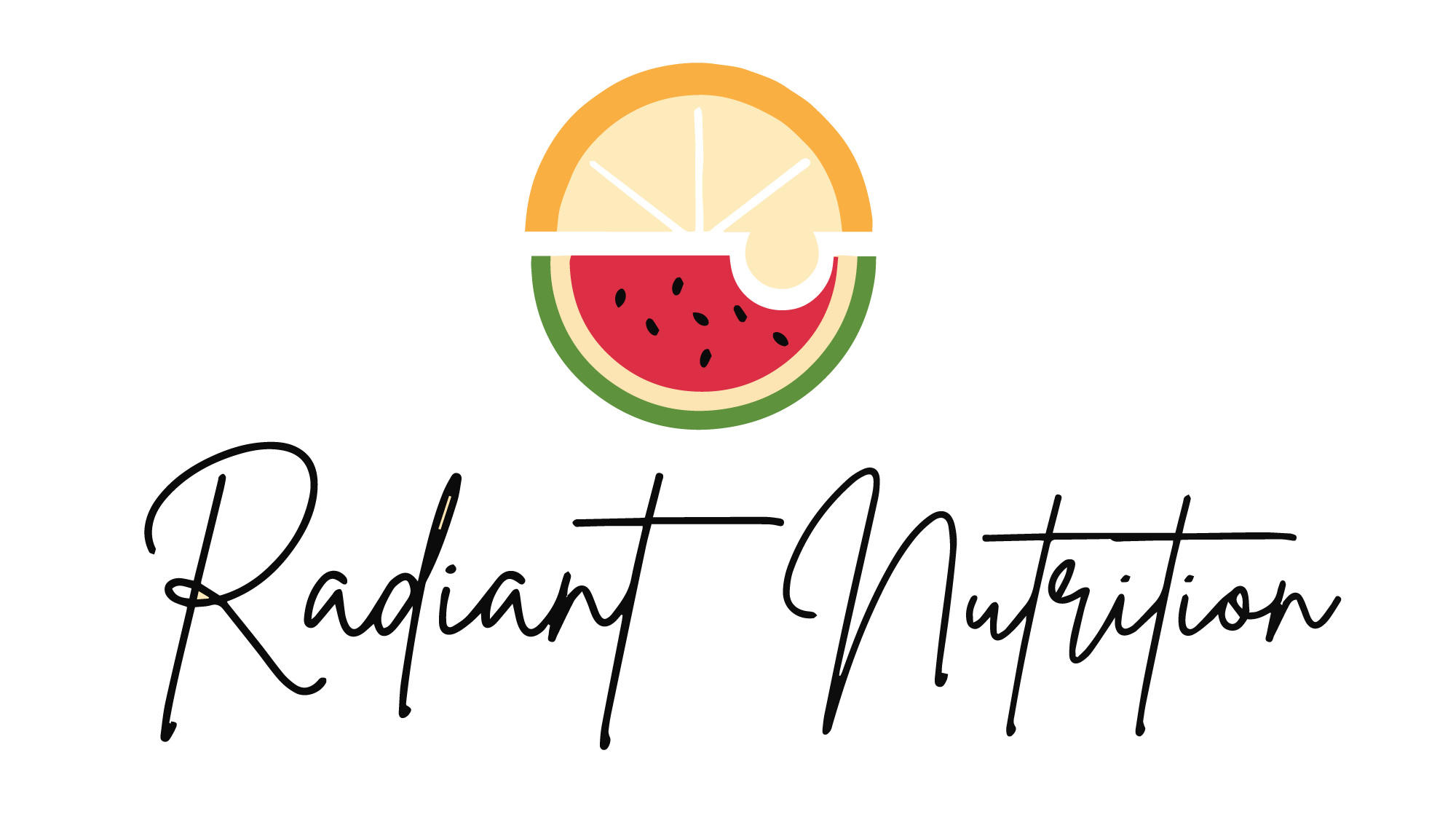Joyful Eating is Possible
If you read our last blog post, then you know how important it is that we develop a healthy relationship with food. It can be a huge tool for connection and comfort, and our bodies were built to enjoy it! When you’re in recovery, a balanced perspective can feel really far away, especially at the beginning. Here are some steps to find joy with food when it feels like the enemy:
Make a list of safe and fear foods- then tackle the fear foods one by one. Contrary to popular belief, it’s not helpful to force yourself to eat things you know will cause you to spiral. Many health professionals who are not ED literate will recommend this approach, but we have found that it is not sustainable for most of our clients. Instead, if you have the opportunity to branch out and it feels doable (it could still be a little bit uncomfortable), take the leap! You will be surprised how little of a difference a fear food makes on your body, but how big of a difference facing that fear can make on your mind. Small, sustainable steps are key. We help clients with this all the time so if you need help please don’t wait to call us to get the support you need.
Notice how an “all foods fit” approach would give you more freedom and flexibility in your day-to-day life. Without noticing it, disordered eating or an ED can take over your life. You may find yourself slowly starting to avoid meeting up with friends, going to family gatherings, cooking new meals, celebrating milestones, or even finding joy getting up in the morning. As you let go of the food rules that have governed your life (often with help from a dietitian), you may notice that you grow deeper relationships with those around you, find happiness in everyday activities, and feel less anxiety. You will probably have more brain space to devote to things that don’t isolate you from everyone and everything you love too.
Talk to supportive friends and family about trying new foods with you. Having a support system is a huge part of recovery. We at Radiant Nutrition are happy to be a part of your support system. We can go to the grocery store, out to eat, have a meal during a session, or whatever works for you!
Keep a list of things to turn to when the food noise gets overwhelming. Sometimes sitting with it can be the best way to move forward, but sometimes a distraction can be helpful too. Things like a comfort movie or TV show, a podcast or book, a walk, or an online yoga class can be great options. We don’t recommend taking to social media platforms and doom-scrolling. In most cased this negatively activates your brain and increases intrusive thoughts.
Journal- keeping a journal of every time you sit down for a meal may seem daunting. If that’s so, try to journal daily about your overall experience with food that day. Becoming aware of your thoughts and feelings around food can be a very eye-opening experience. Finding recovery-friendly prompts can be a great way to start when you have a lot of overwhelming thoughts coming to the forefront of your mind. This workbook (https://www.amazon.com/Intuitive-Eating-Workbook-Principles-Relationship/dp/1626256225/ref=asc_df_1626256225?mcid=da02551239743a6bb367dd51214624bc&hvocijid=8065209058305929107-1626256225-&hvexpln=73&tag=hyprod-20&linkCode=df0&hvadid=721245378154&hvpos=&hvnetw=g&hvrand=8065209058305929107&hvpone=&hvptwo=&hvqmt=&hvdev=c&hvdvcmdl=&hvlocint=&hvlocphy=9013323&hvtargid=pla-2281435178378&psc=1) is a great resource.
Recovery is not a quick and easy process, something that I’m sure you can attest to. The important thing to remember is that you are not alone and every day is a step forward, no matter what it looks like.
Written by Trinny Duncan, Student Intern and Peggy Pratt, PhD, RDN, LDN, CEDS-C

